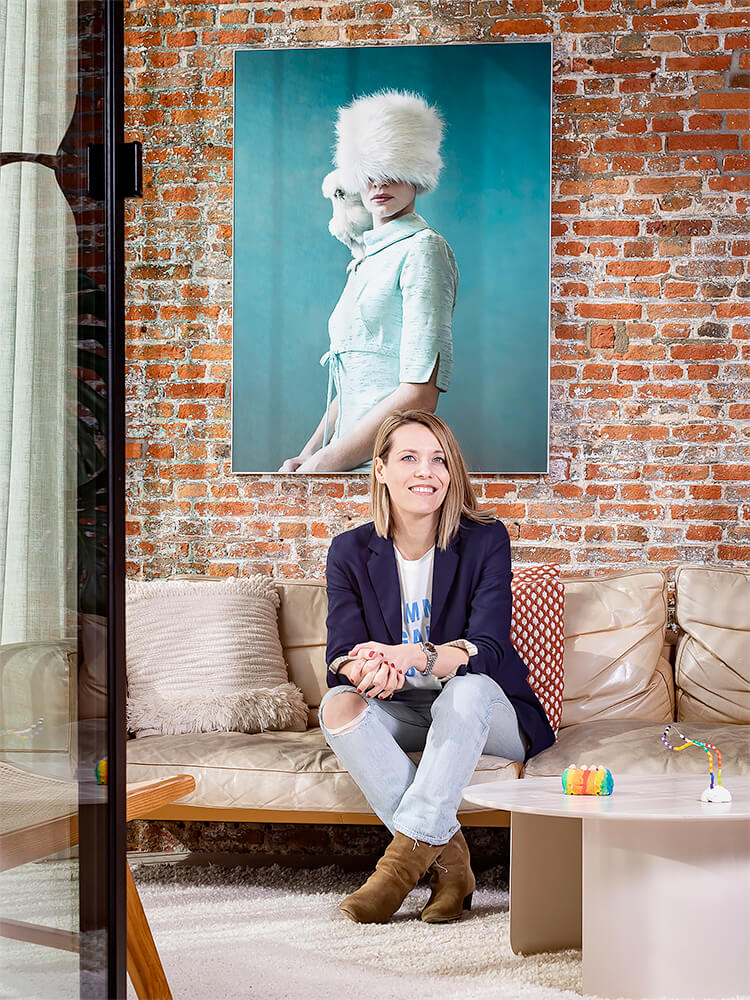Over the past 25 years, Frieke Janssens has acquired a reputation as a photographer of surreal staged tableaux and group portraits, often originating in a specific concept, and almost always stemming from an inexhaustible interest in human diversity.
Her series often stand out because of their confrontational nature. Notable series include, among others, Smoking Kids, Your last shot, Diana's, Animalcoholics, and recently Lightness. In the same way that an oil painter builds up a work layer by layer, she too meticulously creates each image, down to the smallest detail. In every picture we can recognise the same artistic touch, the same technical perfection, combined with a playful duality between reality and fiction. At first glance, her images attract the viewer because of their pared-down beauty. Yet once one really starts to look in earnest, one realises that there are always multiple layers of meaning. It seems as if the people portrayed are trying to tell us something. However, they are silent, and consequently have to rely on the viewers to create the story for themselves. Frieke does not adopt any particular position, but aims to convey the feeling that one is not only looking at a photograph, but at a mirror as well. As such, she leaves the viewers free in their interpretation, yet never leaves them indifferent.
She sometimes lends her pared-down style to clients with whom she has a good connection, like a cultural centre, or a campaign, or a newspaper or magazine. In recent years, Frieke Janssens has exhibited in New York, Chicago, London, Hull, Bilbao and obviously also in her own country, including in Antwerp and Knokke-Heist. Her work has appeared in The Guardian, The Atlantic, Huffington Post, Knack, De Morgen, De Tijd and NRC, among others. Her book The Sweetest Taboo won gold at the 2019 Henry Van De Velde awards. In 2022, her third book Lightness was published on the occasion of the eponymous exhibition in Foto Knokke-Heist.
Selected Books on

